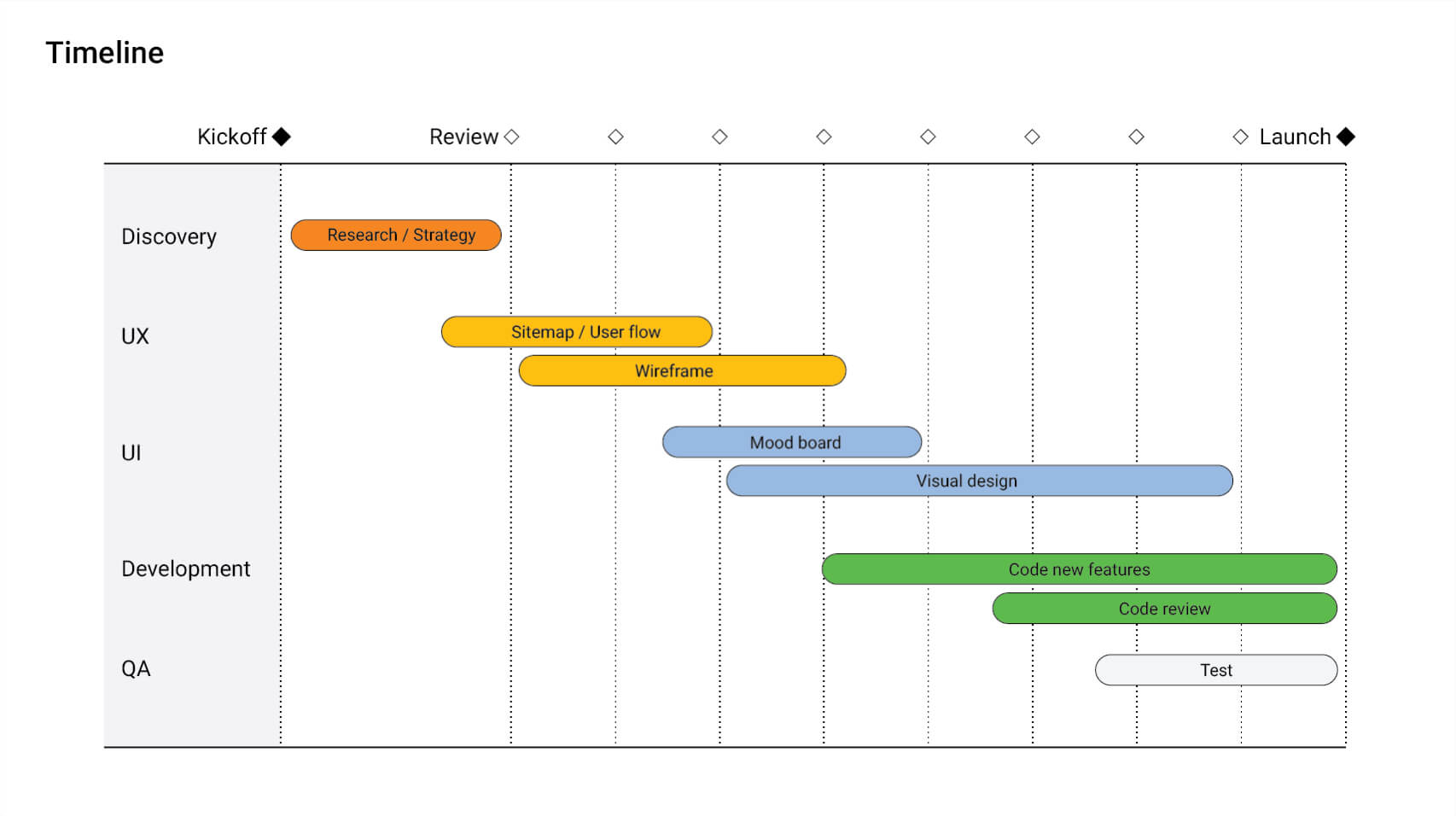By using our site, you agree to our Cookie Policy
Accept

Charting a clearer course
Web design and development take work. Lots of it. The project planner’s role is to understand all of the moving parts and develop a group strategy. But the fun doesn’t stop there. They must oversee the strategy over the course of the project and adjust it as necessary, managing deliverables and tracking the team’s progress toward the ultimate goal: a polished product, delivered within budget and on time.
There’s a range of project-planning techniques we choose from, depending on the time frame, the nature of the work, and the challenges involved. What threatens any good project plan? Unrealistic deadlines, poor communication, changes in product requirements, unforeseen risks, and failure to adapt. Understanding the concepts of scope and “scope creep” helps us head off these roadblocks.
Scope encapsulates all of a project’s requirements—everything from costs to communication among team members. At its best, it determines each team member’s responsibilities and what must be done to fulfill them. It separates the essential from the not, allowing us to determine a project’s MVP, or minimum viable product. Establishing the MVP, in turn, helps prevent scope creep—shifts in a project’s requirements while work is ongoing.
Project planning is central to our process. Not just because it saves us needless work, though that’s certainly nice. We plan in order to produce the best possible work. As we dive into content and code, we always keep our clients’ satisfaction and the success of their product front and center.










